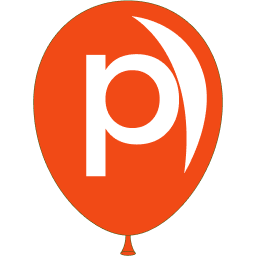Campaign Optimization: Tips to Boost Performance
Campaign Optimization is the ongoing effort to improve marketing campaigns by analyzing performance and making data-driven adjustments. Whether it’s tweaking a pop-up’s timing, adjusting ad spend, or rewriting a CTA, the goal is simple: get better results with fewer resources. In martech, this process turns good campaigns into great ones.
What is Campaign Optimization?
This involves using analytics to identify strengths and weaknesses in a campaign, then acting on those insights. For instance, if data shows a pop-up converts best at 10 seconds rather than 5, optimization shifts the trigger timing. It’s a cycle of testing, learning, and refining that spans targeting, content, and delivery methods.
Why It’s a Must
Markets evolve, and so should campaigns. Campaign Optimization ensures efforts stay relevant and cost-effective, boosting metrics like conversion rates or ROI. Tools like Poper support this by offering real-time data and A/B testing options, letting marketers pivot quickly to what works best for their audience.
How to Optimize Campaigns
First, track performance with clear KPIs—clicks, leads, or sales. Analyze the data for underperforming areas, then test changes—like altering a headline or segmenting differently. Roll out winners broadly and repeat. Automation tools can streamline this, but human judgment keeps it strategic and user-focused.
Pros and Pitfalls
It saves money, lifts performance, and adapts to user needs. However, over-optimization can lead to diminishing returns, and rushed changes might miss the mark. Done thoughtfully, Campaign Optimization is the key to sustained marketing success.
Read More
Actionable Insights
Practical, data-driven conclusions from analysis that can be directly applied to improve strategies or performance.
Behavioral Targeting
Delivering marketing content to users based on their observed actions, like clicks or purchases, to enhance relevance.
Campaign Analytics
The measurement and analysis of marketing campaign performance using metrics like clicks, conversions, or engagement.
Instant Feedback Loop
The real-time collection and analysis of user feedback to quickly refine marketing strategies or website features.
Lead Capture Optimization
Refining methods, like forms or pop-ups, to increase the number and quality of leads collected from visitors.
Lead Funnel Management
Overseeing and optimizing the stages leads pass through, from awareness to conversion, for efficiency.
